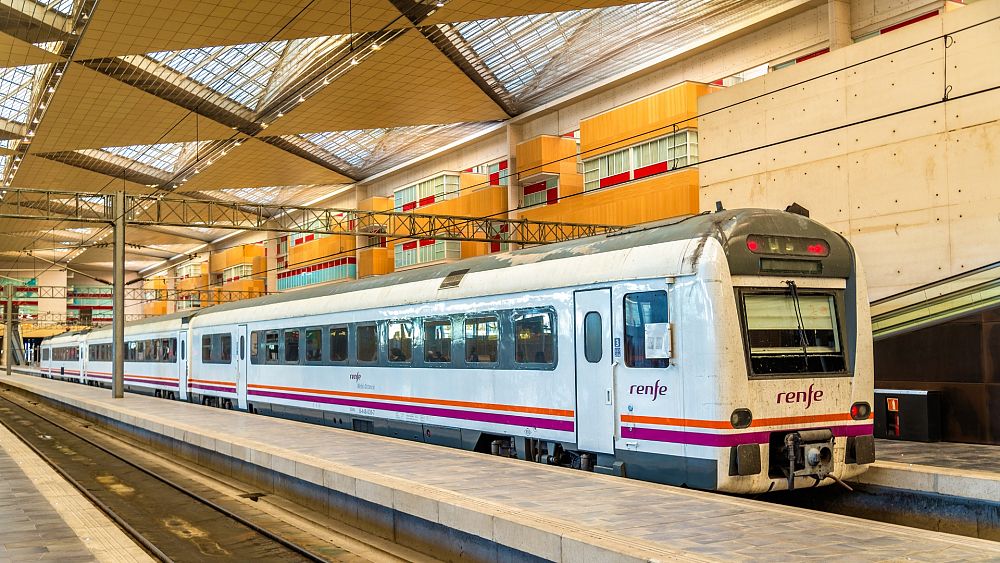Spain has spent €258 million on trains that are too big to fit in its rail network’s tunnels.
Since the blunder was exposed by local newspaper El Comercio late last month, two transport bosses have been fired.
The 31 commuter trains were ordered by Renfe in 2020. They are set to replace an ageing fleet in the poorly connected northern autonomous regions of Asturias and Cantabria.
Originally slated for completion in 2024, the much-needed update is now likely to be delayed until at least 2026.
It has also emerged that the manufacturer, Basque-based CAF, flagged the error back in March 2021.
President Miguel Ángel Revilla has called it “an unspeakable botch” adding that “heads must roll", according to Spanish regional newspaper El Diario Montañés.
Who is to blame for ordering the wrong size trains?
Various parties played a part in the debacle, including Spain’s national rail operator Renfe, rail infrastructure manager Adif, transport manufacturer CAF and the State Agency for Railway Safety (AESF).
After granting the manufacturing contract to CAF, Renfe says it provided measurements based on infrastructure specifications provided by Adif. CAF later warned that the specifications may not be correct.
Built in the 19th century, the region’s rail network crosses a mountainous landscape. It has varying tunnel sizes that do not adhere to standardised modern dimensions.
So far, two senior officials have been dismissed - a Renfe rolling stock manager and Adif’s head of inspection and track technology.
Spain’s transport minister Raquel Sanchez says she was only recently made aware of the problem. She has launched an internal audit into who knew about the issue and why it wasn’t raised earlier.
Spain’s Secretary General for Infrastructure, Xavier Flores, has admitted that he was made aware of the issue months ago.
What will happen to the oversized trains?
As the trains were still in the design phase, they have not been manufactured yet.
While this minimises the cost of the error, the time-consuming process will need to be repeated, delaying the trains’ construction.
They will now be manufactured using the dimensions of a train that already runs on the network for comparison to ensure they fit through the various tunnels. Adif will also update its infrastructure data accordingly to ensure it doesn’t happen again.
France made a similar error in 2014
This is not the first time such a fiasco has taken place. In 2014, French train operator SNCF ordered 2,000 regional trains that were too wide for the network’s platforms.
Again, the error was caused by data from the infrastructure manager that did not account for older structures.
In this case, the trains were already made and the platforms had to be rebuilt at great cost.


